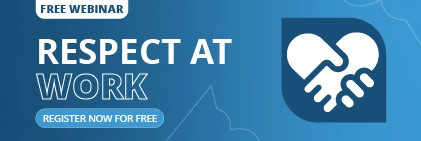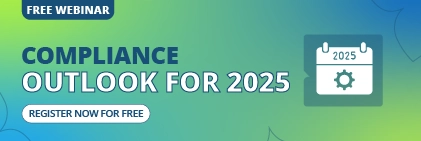Every year, sexual harassment in the workplace is one of the most common types of complaints received by the Australian Human Rights Commission. In fact, 1 in 5 of all complaints to the Australian Human Rights Commission are made under the Sex Discrimination Act, and approximately 90% of those complaints are related to sexual harassment in the workplace. To make matters worse, the internet and social media applications have created a new space for sexual harassment to take place.
1 in 5 complaints to the Australian Human Rights Commission are made under the Sex Discrimination Act
Whilst most of us understand that sexual harassment at work is against the law, it still takes place. What is often misunderstood is that sexual harassment can be committed by an employer, workmate or any other people in a working relationship. That’s right, it is not just that high-profile celebrity, a senior executive or that rogue staff member at a Christmas Party. Sexual harassment can take place in all different types of workplaces and by people of all different backgrounds, job roles and seniority within an organisation. But it is normally just the high-profile cases that land on the front page of the paper that everyone talks about.
Why are so many Australians having to self-educate themselves about sexual harassment?
Sentrient, who are amongst Australia’s most highly regarded providers of education on the prevention of sexual harassment in the workplace, are often approached by individuals who feel they have been sexually harassed. Such individuals are seeking to educate themselves, so they can understand what sexual harassment is and what sexual harassment is not. They are interested in learning how to identify, report, and resolve matters relating to sexual harassment in the workplace to protect themselves and others from things that have happened and are continuing to happen at their workplace. Such individuals have not been
This points to an even larger issue in Australia that we have many organisations, in fact, about 2 in 3 Australian businesses are not taking the time and effort to invest in appropriate education and policies to make the process of identifying, reporting and resolving incidents of sexual harassment in the workplace. This goes beyond sexual harassment to other areas relating to dignity at work, such as workplace bullying, discrimination and general code of conduct.
What can you do?
It is important for employers to know how to increase awareness of and prevent sexual harassment and other matters of the code of conduct, such as workplace bullying and discrimination. It is also important for employees and co-workers to know how to identify sexual harassment and what avenues are available to them to make a complaint. Workplace compliance systems such as the one that Sentrient provides to small and medium businesses with as few as 5 to 50 employees are a reliable way to ensure the right training and policies are in place for your business.





